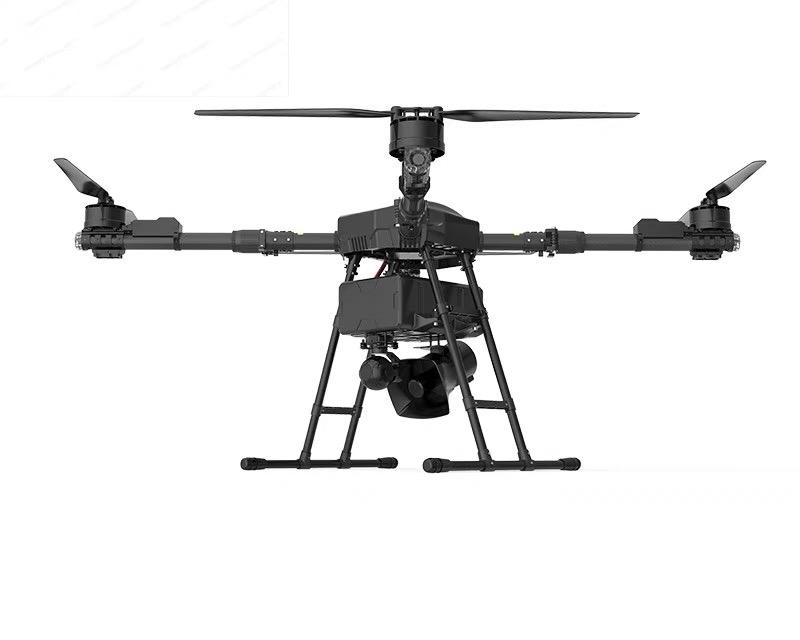Unmanned aerial vehicles, commonly referred to as drones, have increasingly become a ubiquitous sight over U.S. skies. Their presence signifies technological evolution and impacts diverse sectors, ranging from defense to agriculture. One cannot discuss the influence of drones without acknowledging their pivotal role in enhancing military capabilities. In the defense realm, drones offer unprecedented advantages in surveillance and targeting, allowing for more precise operations with minimal risk to human life. However, the pervasive nature of drones over U.S. skies extends far beyond defense. In commercial and civilian sectors, drones have revolutionized industries, providing innovative solutions and reshaping traditional practices.
The Versatility of Drones in Various Industries
Drones have found applications in numerous areas such as agriculture, real estate, and infrastructure inspection. In agriculture, drones assist farmers in crop monitoring, pest control, and irrigation management, providing data-driven insights that optimize yield and reduce resources. Real estate professionals utilize drones to capture aerial footage that presents properties more attractively to potential buyers. Infrastructure inspection is another area where drones excel, as they can easily access areas that are difficult for humans to reach, reducing the need for costly and potentially dangerous site visits.
The Growth of Drone Technology and Its Implications
Drones have evolved from simple remote-controlled aircraft to sophisticated devices equipped with GPS, thermal imaging cameras, and advanced sensors. This evolution has been driven by demand for more efficient and reliable tools across industries. Such advancements pose questions about privacy concerns and regulatory challenges. As drones become more advanced, their ability to gather data increases, raising significant privacy issues. Regulatory bodies, including the Federal Aviation Administration (FAA), are actively working to establish frameworks that govern drone operations while safeguarding national security and individual privacy.
Regulations Governing Drones Over U.S. Territories

The FAA has implemented a set of rules designed to ensure safe and responsible drone usage. These regulations stipulate strict guidelines for drone operation, focusing on safety and privacy. Drone pilots must comply with these regulations to legally operate, which includes maintaining line-of-sight and adhering to altitude restrictions. Additionally, commercial drone pilots are required to obtain certification, demonstrating proficiency and understanding of airspace regulations.
Challenges and Opportunities Presented by Drones
Drones over U.S. skies present both challenges and opportunities. On one hand, the rapid proliferation of drones poses risks to airspace safety, privacy, and security. On the other hand, they offer opportunities for economic growth, innovation, and enhancement of services across sectors. Businesses must navigate these complexities by integrating drones in a manner that respects regulatory constraints while capitalizing on their potential benefits.
- FAQs:
- How are drones impacting privacy? Drones are capable of collecting large amounts of data, which has raised concerns about privacy. Regulations and technological solutions are being developed to protect personal privacy.
- What is the FAA doing to regulate drones? The FAA has established rules that require drones to be operated within visual line-of-sight and include altitude restrictions, among other safety guidelines.
- Can drones be used in urban areas? Yes, drones can be utilized in urban settings, but operators must adhere to local regulations and consider public safety and privacy.